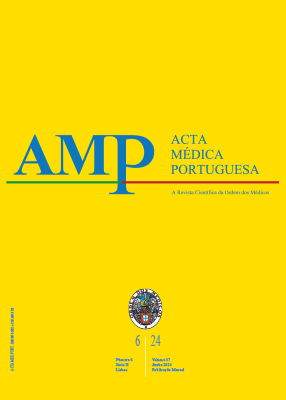The Dark Side of Beauty: Contact Dermatitis with Post-Inflammatory Hyperpigmentation Following Temporary Henna Tattooing
DOI:
https://doi.org/10.20344/amp.21318Keywords:
Dermatitis, Allergic Contact/etiology, Hyperpigmentation/chemically induced, Phenylenediamines/adverse effects, Tattooing/adverse effectsAbstract
N/a.
Downloads
References
Encabo Duran B, Romero-Perez D, Silvestre Salvador JF. Allergic contact dermatitis due to paraphenylenediamine: an update. Actas Dermosifiliogr. 2018;109:602-9. DOI: https://doi.org/10.1016/j.adengl.2018.06.017
Cunha F, Coutinho IA, Ribeiro C, Bom AT. Contact dermatitis from black henna tattoo in child due to paraphenylenediamine. Allergol Immunopathol. 2022;50:68-70. DOI: https://doi.org/10.15586/aei.v50i6.597
de Groot AC. Side-effects of henna and semi-permanent ‘black henna’ tattoos: a full review. Contact Dermatitis. 2013;69:1-25. DOI: https://doi.org/10.1111/cod.12074
Turchin I, Moreau L, Warshaw E, Sasseville D. Cross-reactions among parabens, para-phenylenediamine, and benzocaine: a retrospective analysis of patch testing. Dermatitis. 2006;17:192-5. DOI: https://doi.org/10.2310/6620.2006.06026
Al-Suwaidi A, Ahmed H. Determination of para-phenylenediamine (PPD) in henna in the United Arab Emirates. Int J Environ Res Public Health. 2010;7:1681-93. DOI: https://doi.org/10.3390/ijerph7041681
Downloads
Published
How to Cite
Issue
Section
License
Copyright (c) 2024 Acta Médica Portuguesa

This work is licensed under a Creative Commons Attribution-NonCommercial 4.0 International License.
All the articles published in the AMP are open access and comply with the requirements of funding agencies or academic institutions. The AMP is governed by the terms of the Creative Commons ‘Attribution – Non-Commercial Use - (CC-BY-NC)’ license, regarding the use by third parties.
It is the author’s responsibility to obtain approval for the reproduction of figures, tables, etc. from other publications.
Upon acceptance of an article for publication, the authors will be asked to complete the ICMJE “Copyright Liability and Copyright Sharing Statement “(http://www.actamedicaportuguesa.com/info/AMP-NormasPublicacao.pdf) and the “Declaration of Potential Conflicts of Interest” (http:// www.icmje.org/conflicts-of-interest). An e-mail will be sent to the corresponding author to acknowledge receipt of the manuscript.
After publication, the authors are authorised to make their articles available in repositories of their institutions of origin, as long as they always mention where they were published and according to the Creative Commons license.









